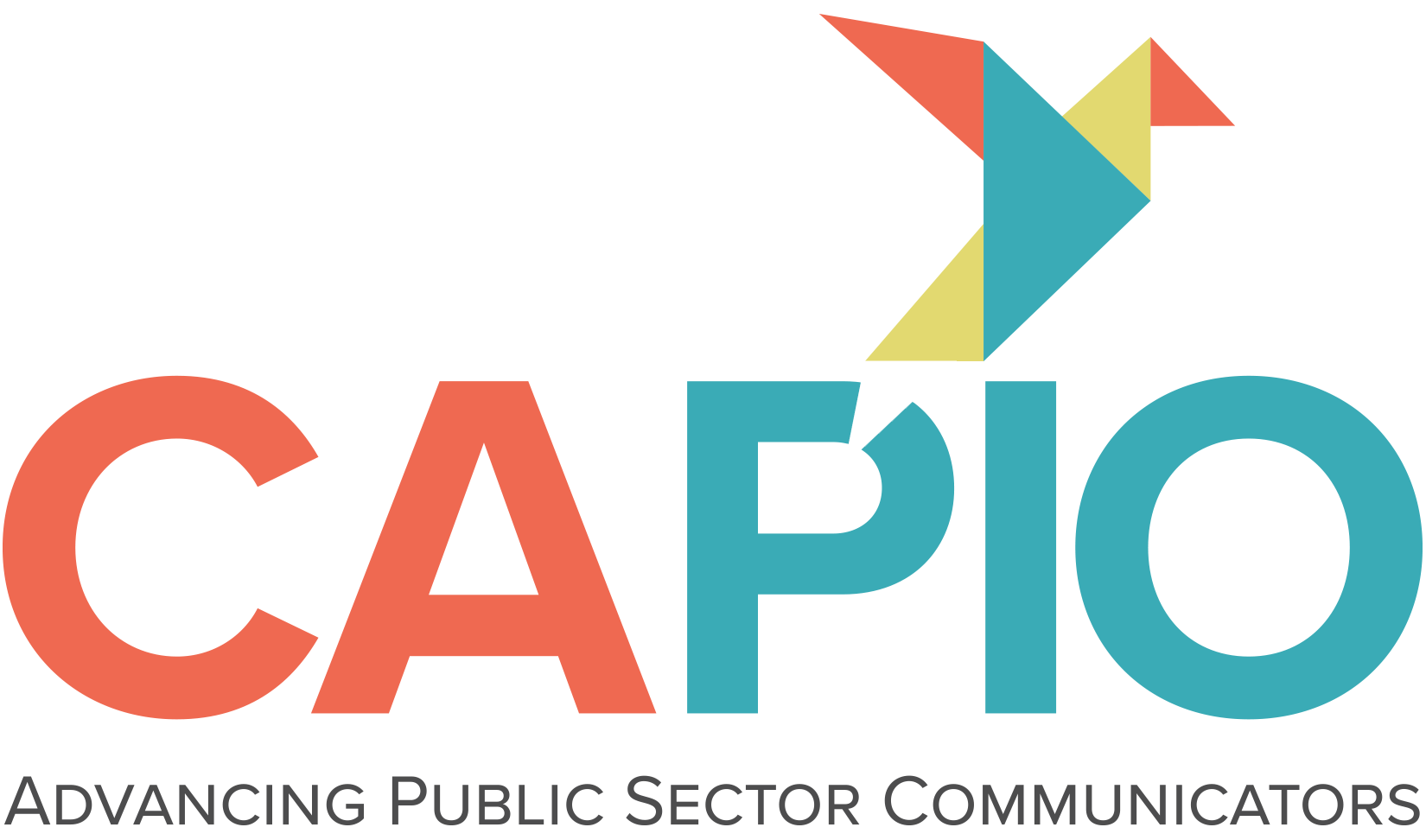Get “strategic” when it comes to communications planning
By Scot Crocker, President/CEO of Crocker Branding & Communications
When it comes to government communications, it’s easy to get trapped in tactical implementation. You have an event to plan, news release to write and social media messages to post. You get a lot done. Ready to ramp up your game. Your choice… more implementation or should you plan smarter and get strategic?
Strategy doesn’t focus on output (how much you get done). Strategy is a focus on outcomes (are you accomplishing key objectives). Naturally, strategy takes you to the next level in measurable effectiveness.
Communication strategy often starts with overall organization strategy. I hope you have one. If not, communication strategy can standalone. The first order of business is to define your objectives. They should be prioritized and agreed upon.
For a city, the goals can be complex, but I encourage you to keep them short and sweet. Is the primary goal improved customer service, external economic development, behavior change for a better community, stronger constituent/stakeholder relationships or maybe creating a visitor or tourism experience? Set measurable metrics for all goals and objectives.
Here are your next steps.
Define your audience. Based on objectives, who are your audiences? Who are the stakeholders and influencers? What do they know and how do they feel? Use research if possible but collective understanding works too.
Establish the strategy. This isn’t a long list of communication tactics. The strategy is a definition to quickly, efficiently and realistically achieve your objectives. A key strategy might be to leverage stakeholders and community groups, or align all city departments and employees, or even make a human connection with audiences.
Message management. Once you have your strategy, you can define the objective and subjective messages that have the most impact. Often, you’ll have one universal core message tied directly to strategy and then sub messages based on topics, audiences or outcomes.
Tactical implementation. Some messages are actually short and you can use short-form communication tactics. Other messages are longer and can’t fit on a billboard. Think about the right tactics, creatively packaged and delivered with frequency to the right audiences.
Evaluate. Nothing ever goes exactly as planned. Audience thoughts and feelings can change rapidly and you must be evaluating metrics to make sure you remain on target. Be flexible. Overcome obstacles. Be honest with yourself and others on your team.
This article can only cover high-level thoughts related to communication strategy. Learn more and dive deep into the strategic process. It’s literally the key to successful outcomes.
About Crocker Branding: Crocker Branding focuses on branding and communication challenges with pinpoint strategies, creative ideas and cost effective solutions. Crocker Branding has been instrumental in some of California’s most successful branding and marketing projects and campaigns. Scot Crocker has developed award-winning campaigns for government and has extensive experience in business-to-consumer and business-to-business sectors.
